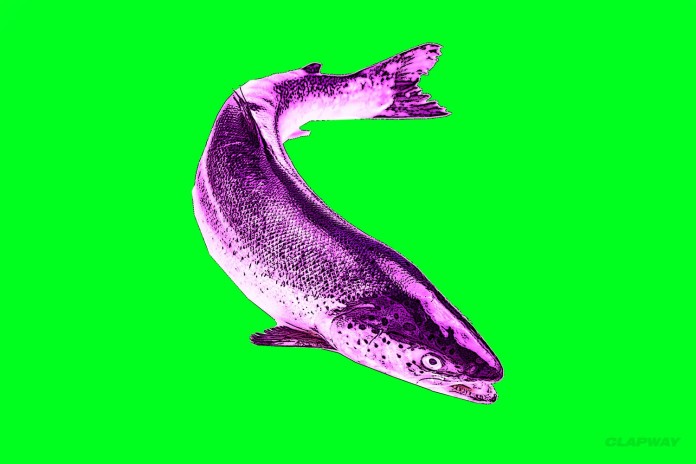
It sounds like a subplot to the next Deadpool movie, but alas, it is the truth. As you may know, there is a difference between farmed salmon and those from the wild. What may not have been understood was just how different the two types were. It goes far beyond being raised on a farm versus being raised in the wild. DNA is involved, and it might make you think twice before you buy farmed salmon.

SCIENTIST FIND HUGE GENETIC DIFFERENCES IN SALMON TYPES
Salmon are unique in that just one generation can show large differences in their genetics. Scientists from Oregon recently studied this effect with steelhead trout salmon. When comparing the wild with that of farm-raised, they found more than 700 genetic differences. Previously, the differences were debated. However, new DNA evidence has come to light.
DNA CHANGES DUE TO HARSH CONDITIONS ON FARM
DNA evidence proves that certain characteristics in salmon were modified. This is due to harsh conditions among other factors. Traits such as healing, immunity, and metabolism in farm-raised fish were much different than those in the wild. This proves the fish were adapting to the crowded conditions from the earliest stages of domestication. Now that scientists have discovered this, they aim to find which specific traits are under strong selection in the hatchery and how they coincide with specific conditions.
ARTIFICIAL ENVIRONMENTS CAUSE STRESS ON FISH
The artificial hatcheries are a very intense environment for the fish. Farmers pack them in there like sardines (pun intended) without any regard to their physical or emotional well-being. These environments are creating a form of natural selection in a very unnatural way. Their DNA is changing and not for the better. On top of that, these environments are terribly prone to disease. Poor hygiene and contamination are to blame. The biggest worry that researchers have is that this disease will spread to the wildlife population. By studying the DNA further, they hope to alter the way hatcheries operate and hopefully reduce the effect of selection.

















